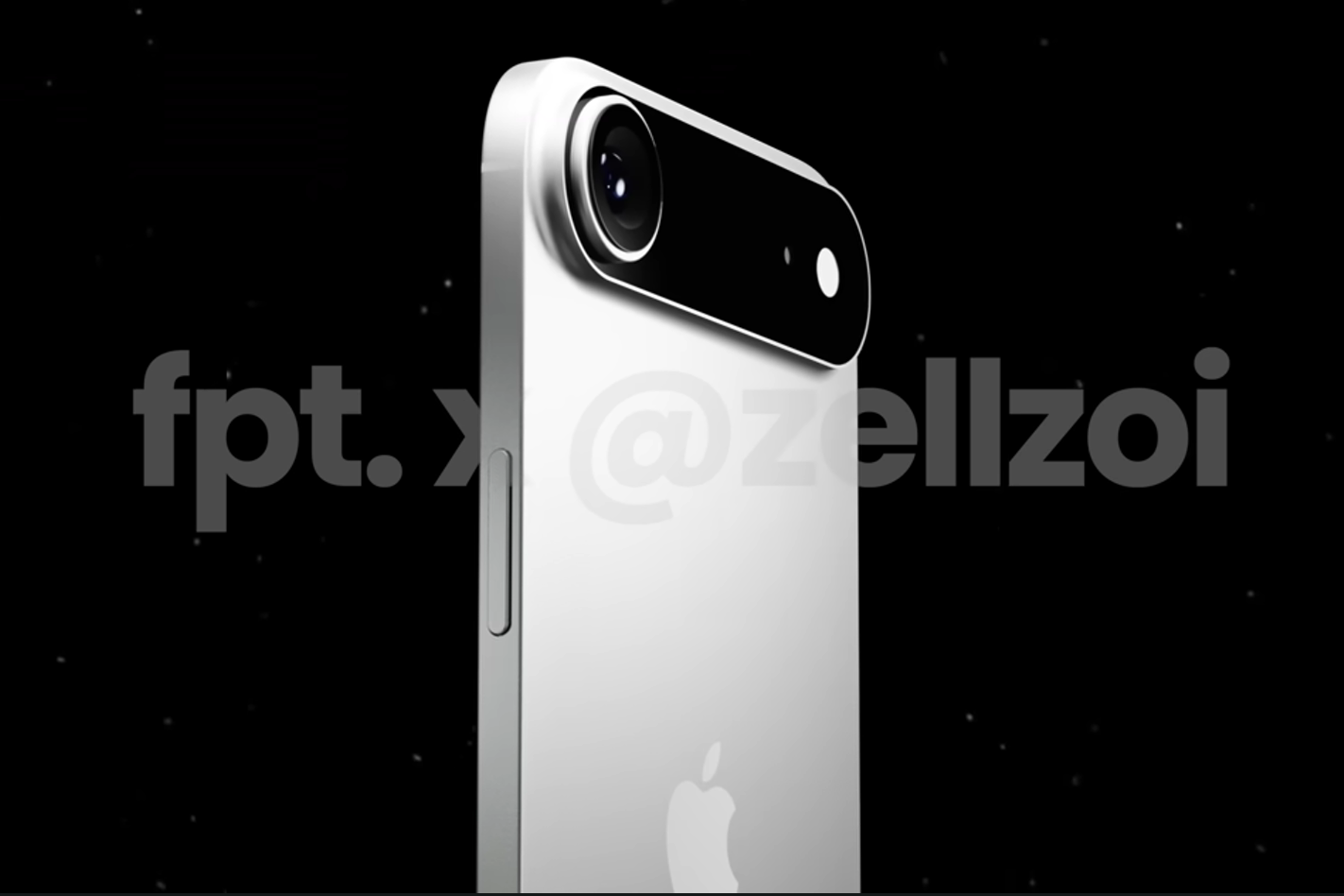Apple's upcoming iPhone 17 Pro models are said to feature a major design overhaul, and now an image believed to be taken on the assembly line of the unannounced devices has surfaced.
The iPhone 17 Pro and iPhone 17 Pro Max are said to adopt a horizontal camera bar design, reminiscent of Google's Pixel line.
This bar will run horizontally across the back of the device, with the three-camera cluster arranged in a triangle on the left, while the flash, microphone, and LiDAR sensor are on the right.
It's still unclear what Apple will use this design for and how the extra space will be utilized, but this isn't the first time this information has surfaced.

On March 12, source Majin Bu shared images on X (Twitter) showing CNC machined aluminum or titanium frame parts for the iPhone 17 Pro Max, reflecting changes as recently leaked information.
According to Majin Bu's images, the large circular holes on the frame could be related to internal components like the MagSafe charging coil or battery. The stacked parts look very precise, with clear CNC cutouts, suggesting that they are structural components that have just been machined and are ready for further processing.

Previously, there was information that Apple could return to using an aluminum frame for the iPhone 17 Pro, instead of continuing with titanium like on the iPhone 15 Pro and iPhone 16 Pro.
The leak also says that Apple is planning to use a glass and aluminum design, which will increase the durability of the device. The glass will allow for wireless charging, while the aluminum frame will partly reduce the risk of damage when dropped.
According to some reports, the part around the Apple logo will be glass, integrated into the overall metal frame, so the circular holes in the leaked images could be related to this design. In addition, they could also serve to accommodate the new reverse wireless charging feature.
Apple is said to have tested 7.5W reverse wireless charging for the iPhone 17 Pro, allowing the device to wirelessly charge other Apple products such as AirPods and Apple Watch.
Currently, the iPhone can only provide 4.5W of power to the Apple Watch and AirPods via the USB-C port, but does not support reverse wireless charging.
According to some predictions, the body thickness of the iPhone 17 Pro Max will increase to 8.725mm, compared to 8.25mm of the iPhone 16 Pro Max, possibly to accommodate a larger battery.

This redesign of the camera cluster will also appear on the iPhone 17 Air, which is expected to replace the Plus line in Apple's portfolio. This thinner device is said to have a similar horizontal camera bar, but only houses a single lens.
Meanwhile, the standard iPhone 17 model is expected to retain the same camera design as the iPhone 16 series, helping to more clearly distinguish between Apple's high-end and popular lines.
Only iPhone Pro is equipped with vapor chamber cooling technology?
According to Instant Digital (China), Apple's upcoming iPhone 17 Pro models will use vapor chamber cooling technology to improve heat dissipation.
Vapor chamber technology is already common in many high-end Android smartphones. By spreading heat over a larger surface area, the system helps prevent overheating and maintain consistent performance – a key advantage for slim, compact devices.
However, according to Instant Digital , only the iPhone 17 Pro and iPhone 17 Pro Max – devices expected to use Apple's A19 Pro chip – will feature advanced cooling technology.
As usual, Apple will launch new iPhones in September. The 2025 iPhone models are expected to include: the standard iPhone 17, iPhone 17 Pro, iPhone 17 Pro Max and the ultra-thin iPhone 17 Air.
Watch iPhone 17 Pro Max sample video (Source: Asher Dipprey):

Source: https://vietnamnet.vn/hinh-anh-he-lo-thiet-ke-moi-cua-iphone-17-pro-max-sap-ra-mat-2380539.html






















































![[Maritime News] Container shipping faces overcapacity that will last until 2028](https://vphoto.vietnam.vn/thumb/402x226/vietnam/resource/IMAGE/2025/7/30/6d35cbc6b0f643fd97f8aa2e9bc87aea)













































Comment (0)